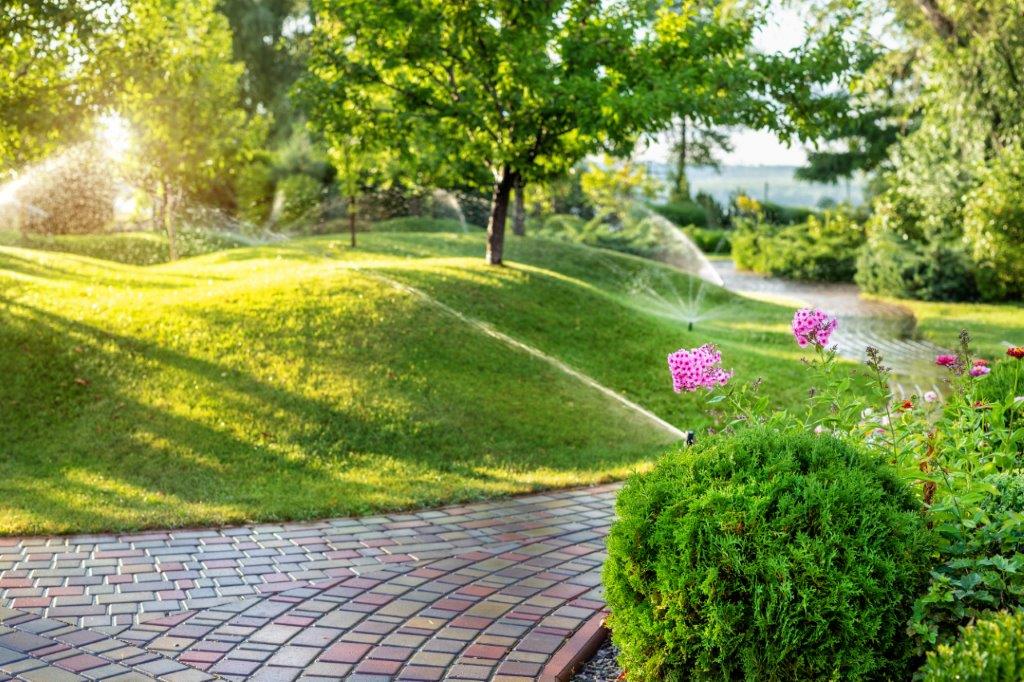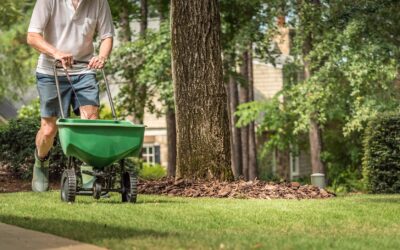Lawn Maintenance
Lawn Maintenance requires year-round care.
During the winter season, lawn maintenance involves cleaning up your yard and preparing it for subfreezing temperatures and snowfall. It also involves weeding as needed, the regular removal of debris, and making sure that your driveways, walkways, and patio areas are safe to walk on.
Clean up continues into spring so that lush, green, healthy grass can grow unencumbered. Lawn maintenance in the spring also includes regular lawn mowing and watering.
In the late spring and throughout the summer, lawn maintenance involves pruning. Different trees and shrubs require different pruning schedules, so either you or your landscaper should be familiar with how often this needs to take place.
In autumn, lawn maintenance requires leaf raking and removal and preparation for the winter season.
Lawn Care
Lawn care experts ensure that your turf and soil remain healthy. It’s also often a year-round service, but that depends on the specific services that a company provides.
In winter, lawn care experts keep your yards aerated and control thatch so that your root systems can continue to get the nutrients they require.
As the weather gets warmer, lawn care experts test the pH of your soil. Most turf-grasses need a pH between 5.8 and 7.2. If the pH falls below 5.8, the soil becomes too acidic, and common lawn weeds, pests, and diseases begin to fight for the nutrients your lawn grass requires. Using lime to sweeten your soil will prevent this from happening.
Lawn care experts also manage turf diseases and may also use pre-emergent or post-emergent herbicides, depending on whether or not weeds have sprung.
Irrigation also falls under a lawn care expert’s responsibilities. Your lawn has to be watered at appropriate intervals based on:
- Rainfall quantity
- Season
- Type(s) of soil used
Watering your lawn too little or too much will make you run the risk of starving or drowning your grass, trees, and plants, encouraging fungus or diseases to take over.
Another key aspect of lawn care is applying fertilizer. How often you fertilize your lawn is debated by experts, with companies like Scotts, Chorbie, and Popular Mechanics all providing varying answers. We recommended using granular slow-release fertilizer all throughout the year. No matter which approach you take, you should absolutely use fertilizer in the early spring and mid-to-late autumn. Mid-to-late autumn is arguably the most important time. You’ll want to fertilize once the weather gets cooler but before the ground freezes.
What Service Do I Need?
Probably both, but that depends on your needs and how much effort you’re personally putting into your yard maintenance. As we mentioned earlier, lawn maintenance and lawn care are often used interchangeably and many landscaping companies offer both. By choosing the right company, knowing the differences won’t really matter because your lawn will be both properly maintained and well cared for.




